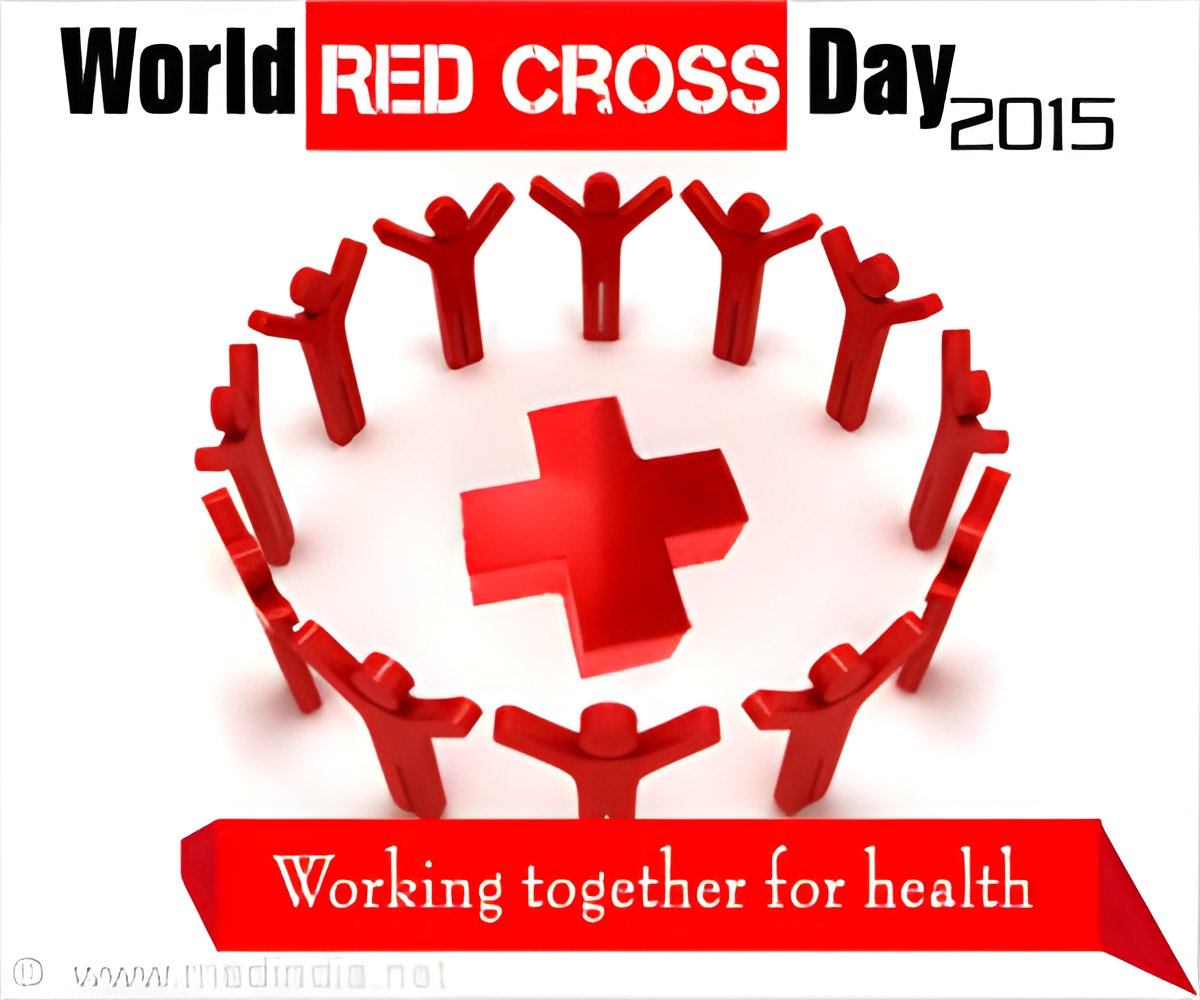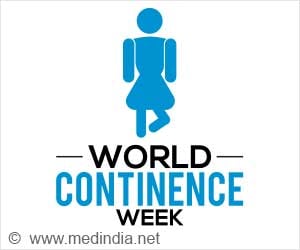World Red Cross Day is celebrated on May 8 each year to commemorate the birth anniversary of the Red Cross founder, Henry Dunant who was a Swiss businessman.

During the Franco-Austrian war in 1859, Dunant was moved on seeing the condition of the wounded soldiers in the battlefield of Solferino. He arranged for immediate relief with the help of the local community. He wrote a book titled Memory of Solferino in which he suggested the setting up of a neutral organization to support war wounded soldiers. A year after the release of this book, the Red Cross Movement was founded after an international conference at Geneva.
The Red Cross Movement came into being in 1864. The emblem of Red Cross societies is a red cross on a white background. The name and emblem are taken from the reversal of the Swiss National Flag to honor the country of its founder, Dunant.
The first Red Cross and Red Crescent day was held in 1948. This day is globally supported by the International Red Cross and Red Crescent Movement. The objectives of the International Red Cross and Red Crescent Movement are:
- To alleviate human suffering
- To protect people’s lives and improve health and
- To protect human dignity during emergencies and conflicts
World Red Cross Day Celebrations
World Red Cross Day is celebrated globally to mark the life-saving activities of its humanitarian network.On this day, volunteers of the Red Cross and Red Crescent Societies across 170 countries are honoured annually for their humanitarian relief services.
Many of the national societies organize mass blood donation camps and awareness about blood disorders like Thalassemia and Sickle Cell Anemia. Other health camps like eye check-up and heart check-up program are also a part of this day. Youth training program are also conducted to train youngsters in disaster relief operations.
The theme reflects ‘community participation’ that is encouraged by the Red Cross Movement. The term “together” signifies the collective effort needed to provide humanitarian relief during disasters and emergencies. The Red Cross Movement’s call to action for volunteers to support relief work emphasizes the need to be united during humanitarian service work.
The International Red Cross and Red Crescent Movement
The International Red Cross and Red Crescent Movement are present in almost every country and are supported by a strong network of humanitarian workers and volunteers.- Humanity
- Impartiality
- Neutrality
- Independence
- Voluntary Service
- Unity and
- Universality
Red Cross Societies
World Red Cross societies and Red Crescent societies are the largest humanitarian networks in the world.The societies are active in healthcare services and humanitarian medical aid. The primary objective of the Red Cross is blood collection. According to the Indian Red Cross Society, the country requires 12 million units of blood each year. The Indian Red Cross Society has 166 blood banks all over the country and 90% of blood donations are voluntary. Apart from blood donation drives and collection, the Indian Red Cross Society also conducts training and education in health services.
Red Cross societies across the globe engage in blood drives to fulfil the blood requirements of local communities. The Red Cross societies have played a major role in establishing and encouraging the concept of “voluntary blood donation” as against “paid blood donations.” Blood is a critical necessity not only during wars and natural disasters but also for everyday medical emergencies in hospitals and healthcare centres. By focusing on this critical need and encouraging community participation, the Red Cross has highlighted the importance of safety in blood donation.
The Indian Red Cross Society
The Indian Red Cross Society has its origins during the First World War in 1914.During the First World War, India had no organization working towards relief for wounded soldiers. The only available help was through the St. John Ambulance Association and a joint committee led by the British Red Cross. A bill to constitute an independent Indian Red Cross Society was introduced in the Indian Legislative Council on March 3, 1920, by Sir Claude Hill, member of the Viceroy’s Executive Council and Chairman of the Joint War Committee in India. Finally on June 7, 1920, fifty members were formally nominated to constitute the Indian Red Cross Society. The first management committee was also elected.
The Indian Red Cross Society is a member of the International Federation of Red Cross and Red Crescent Movement. The society also partners with the National Red Cross and Red Crescent Societies, St. John Ambulance Association and other local, international and government agencies.
The Indian Red Cross Society also primarily engages in blood donation drives and campaigns for blood safety during transfusions. It also undertakes other health camps and awareness campaigns.
The Indian Red Cross Society is headquartered in New Delhi. This society houses a blood bank and a disaster management centre.








